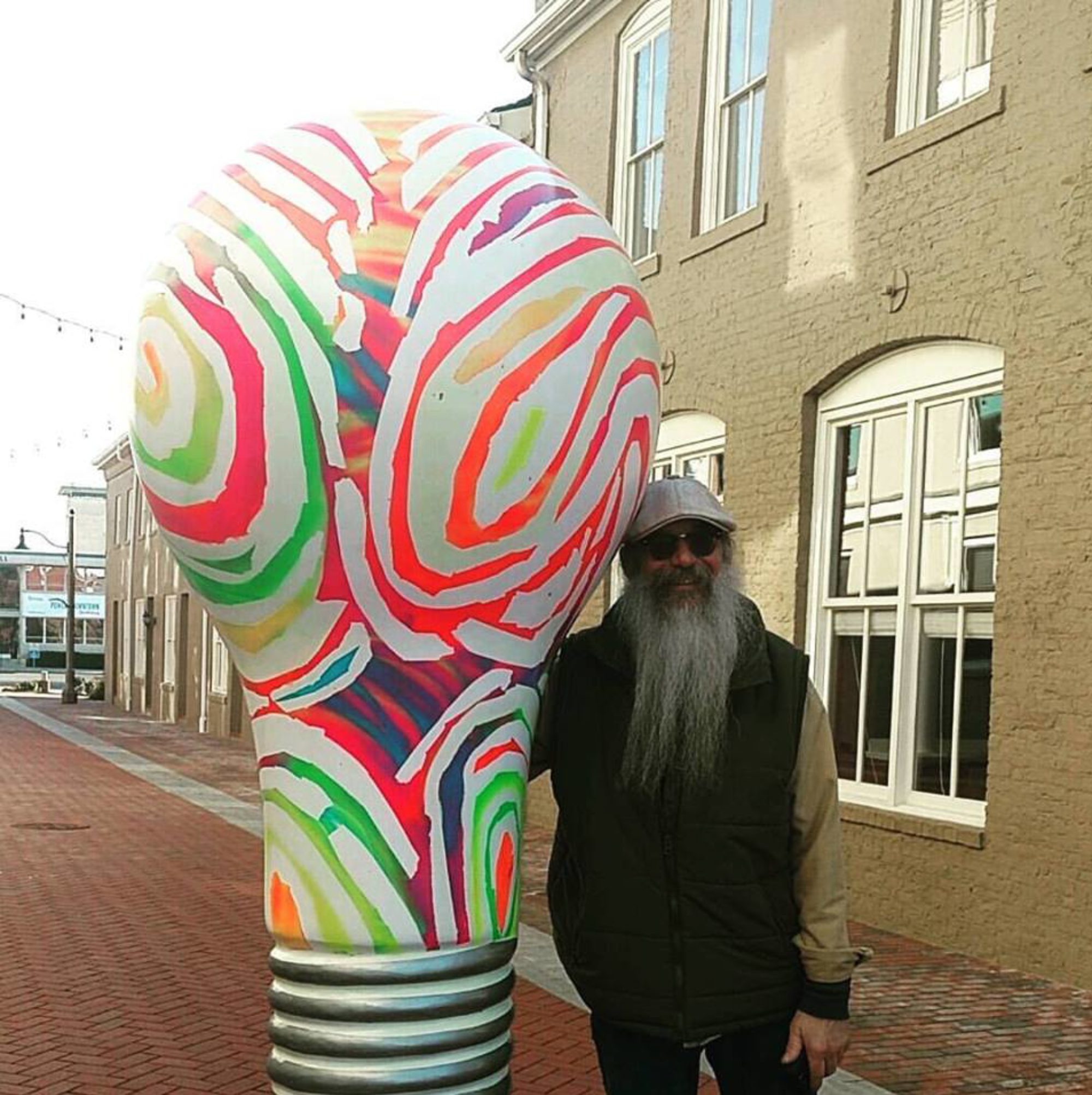
The National Association of Soil Conservation Districts Historic Marker is at the corner of West St. John Street and North Church Street in downtown Spartanburg and reads:
“The first office of the National Association of Soil Conservation Districts (NASCD) was located in the Montgomery Building on N. Church St. from 1946 to 1947. Soil conservation, with its focus on reducing erosion and flooding, became a nationwide effort during the Depression and gained additional funding and resources in the years just after World War II. The NASCD, organized in Chicago in 1946, elected E.C. McArthur of Gaffney, S.C., its first president. McArthur was instrumental in creating the NASCD as a national voice for soil conservation districts. T.S. Buie, director of the Southeast Office of the Soil Conservation of the U.S. Department of Agriculture, provided office space for the NASCD here.” Continue reading “National Association of Soil Conservation Districts Historic Marker”





